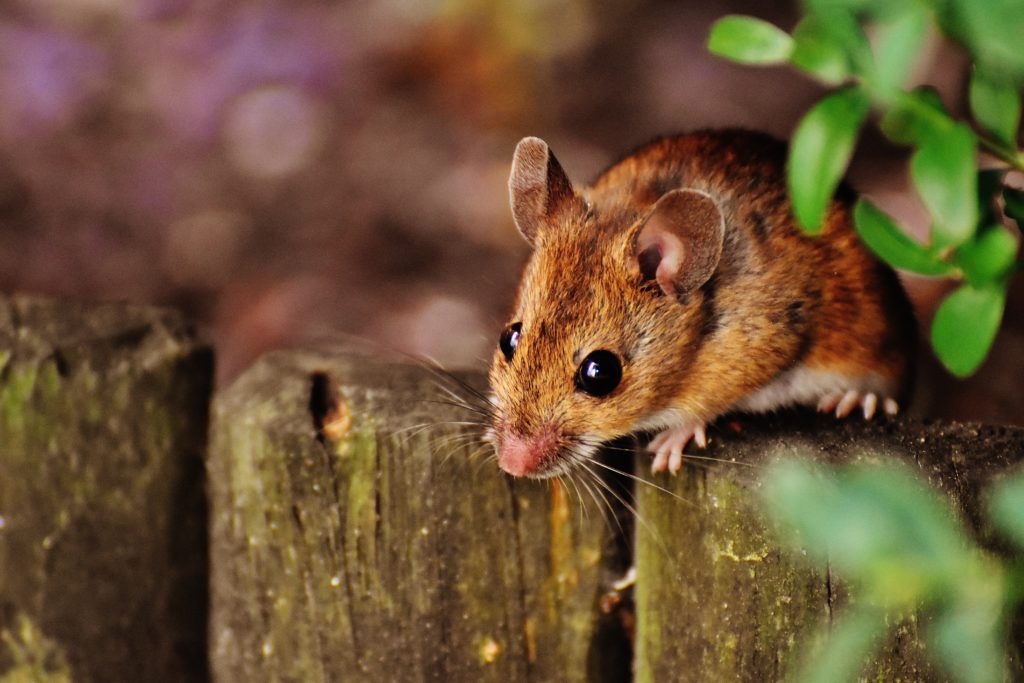To help prevent hantavirus infection, Wyoming Department of Health officials are reminding Wyoming citizens to be mindful of rodent droppings as they clean garages, campers, cabins, hay stacks and barns this spring.
“Anything that puts you in contact with rodent urine, droppings, saliva or nesting materials can place you at risk for infection,” said Dr. Tracy Murphy, state epidemiologist with the Wyoming Department of Health. “Infected rodents shed the virus through urine, droppings and saliva.”
Murphy explained that hantavirus pulmonary syndrome (HPS) is transmitted to humans through aerosolization, which happens when dried materials contaminated by rodent urine and feces or saliva are disturbed. Humans can become infected by breathing in these infectious aerosols. Infection is also possible when the virus is directly introduced into broken skin or mucous membranes, is ingested, or after rodent bites.
“Since 2000, we have received a total of eight reported cases of HPS,” said Clay Van Houten, emerging diseases section chief with the Wyoming Department of Health. “In 2008, we had two unrelated cases in Carbon County, and unfortunately both of those resulted in death.”
Van Houten said in Wyoming the deer mouse is the primary carrier of hantavirus. Rodent infestation in and around the home and in outbuildings such as barns remains the primary risk for exposure.
Guidelines for Safe and Proper Cleanup of Rodent-Infested Areas
The Department of Health suggests these guidelines for safe and proper cleanup of rodent-infested areas:
- During cleaning, wear rubber, latex, vinyl, or nitrile gloves.
- Spray rodent urine and droppings with a disinfectant or bleach solution until thoroughly soaked. The bleach solution can be made by combining 1 ½ cups of household bleach with 1 gallon of water.
- To avoid generating potentially infectious aerosols, do not vacuum or sweep rodent urine, droppings, nesting materials or contaminated surfaces until they have been disinfected.
- Use a paper towel (while wearing gloves) to pick up the urine and droppings. Place the paper towel in the garbage.
- After the rodent droppings and urine have been removed, disinfect items that might have been contaminated by rodents or their urine and droppings:
- Mop floors with a disinfectant or bleach solution.
- Disinfect countertops, cabinets, drawers and other durable surfaces with a disinfectant or bleach solution.
- Spray dirt floors with a disinfectant or bleach solution.
- Disinfect carpets with a disinfectant or with a commercial-grade steam cleaner or shampoo.
- Steam-clean or shampoo rugs and upholstered furniture.
- Launder potentially contaminated bedding and clothing with hot water and detergent. Use rubber, latex, vinyl or nitrile gloves when handling contaminated laundry. Machine-dry laundry on a high setting or hang it to air dry in the sun.
- For books, papers and other items that cannot be thrown away or cleaned with a liquid disinfectant, leave outdoors in the sunlight for several hours, or in an indoor area free of rodents for approximately one week before cleanup. After that time, the virus should no longer be infectious. Wear rubber, latex, vinyl or nitrile gloves and wipe the items with a cloth moistened with disinfectant.
- Disinfect gloves with disinfectant or soap and water before removing them. After removing the gloves, thoroughly wash bare hands with soap and warm water.
In especially dirty or dusty environments, extra protective clothing or equipment should be worn such as coveralls (disposable if possible), rubber boots or disposable shoe covers, protective goggles, and masks that cover the mouth and nose. If the building has been closed and unoccupied for a long period of time, open the doors and windows to ventilate for at least 30 minutes before beginning work.
